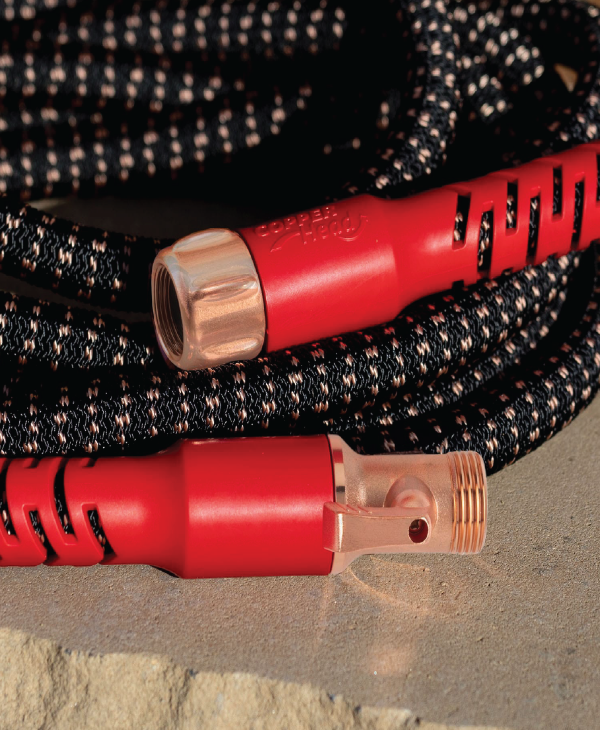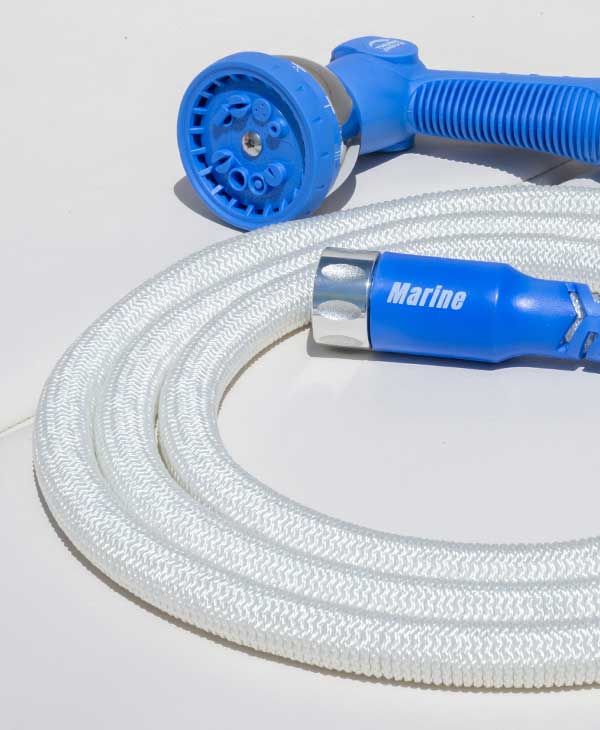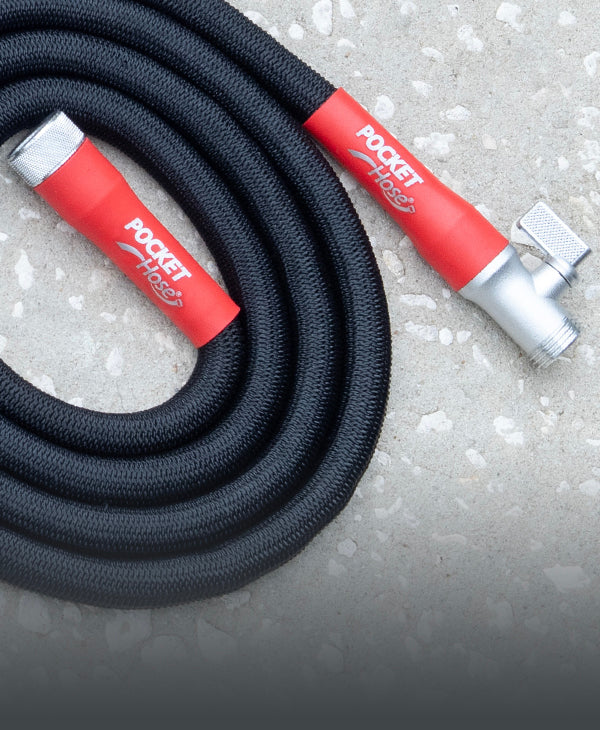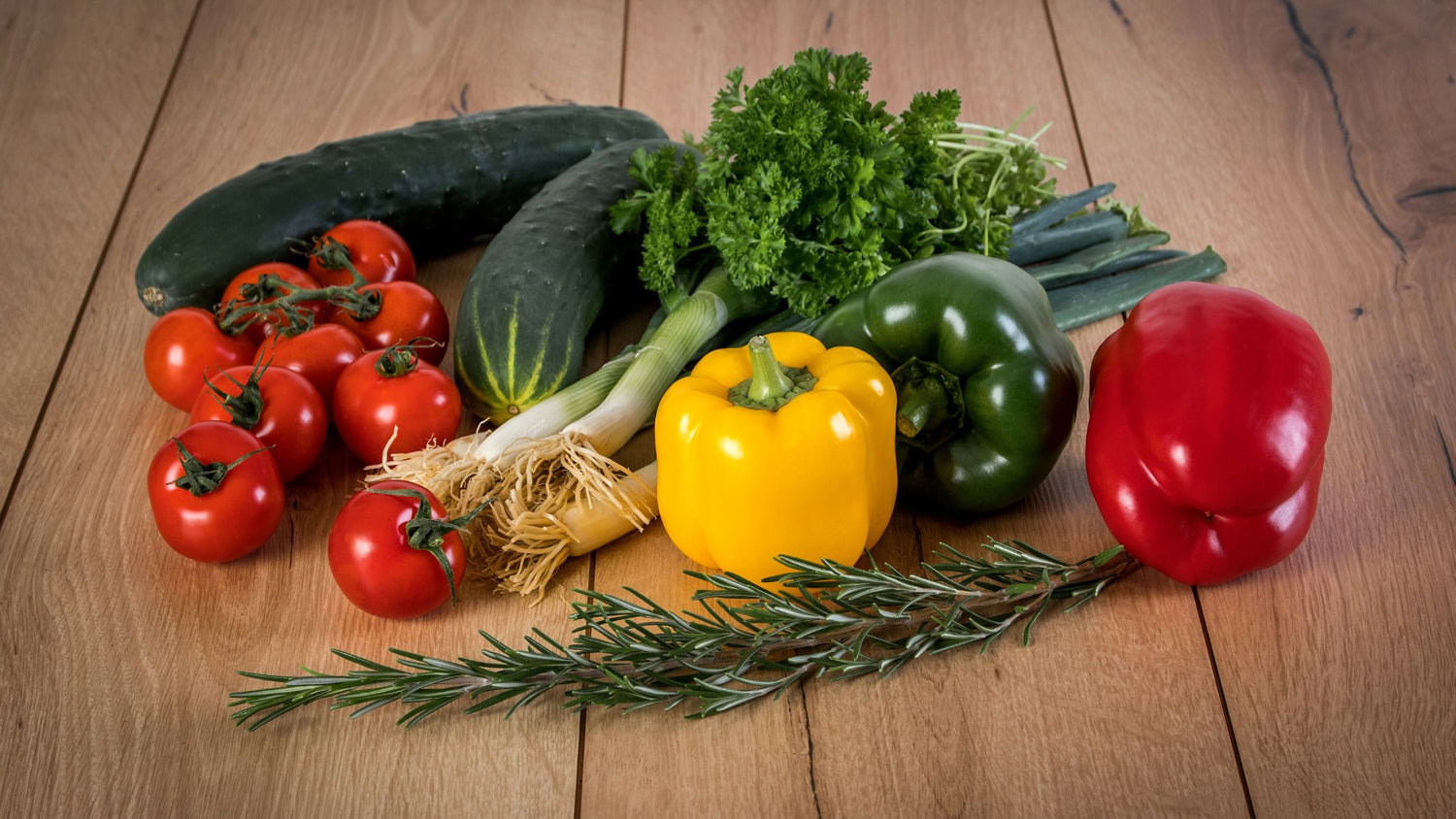Gardening is a rewarding pastime that allows you to immerse yourself in nature and provides a sense of accomplishment as you watch your plants grow. For beginners, it's important to start with vegetables that are easy to grow and require minimal maintenance. This means selecting vegetables that are hardy, fast-growing, and less prone to disease and pests. Here's a guide to some of the best vegetables for beginners, along with the basic equipment needed and a simple how-to guide to get started.
Top Beginner-Friendly Vegetables
1. Lettuce
Lettuce is a cool-weather crop that grows quickly and is extremely hardy. You can harvest it by picking the outer leaves, allowing the plant to continue growing, known as "cut and come again."
2. Radishes
Radishes are perhaps one of the easiest vegetables to grow. They mature quickly, sometimes in as few as four weeks, and can be harvested often.
3. Tomatoes
Tomatoes are hugely popular and can be grown in the ground, in pots, or even in hanging baskets. They do require a bit more attention and staking but offer a rewarding harvest.
4. Zucchini
These prolific vegetables are known for their high yield and fast growth. Zucchini plants will produce fruit all season long.
5. Bell Peppers
Peppers take longer to mature but are relatively low-maintenance. They need warm soil and a little extra care but will produce multiple peppers per plant.
6. Carrots
Carrots can be grown in deep pots or raised beds and only require regular watering. Plus, they can be left in the ground until you're ready to eat them.
7. Bush Beans
Bush beans are more forgiving than pole beans as they don't require staking. They also produce a high yield in a small space.
Basic Equipment Needed

To get started with gardening, you'll need some fundamental tools:
- Gloves: to protect your hands from dirt and potential irritants.
- Trowel: for digging small holes and planting seeds or seedlings.
- Spade or Shovel: for turning soil and larger digging tasks.
- Hoe or Cultivator: to break up the soil and for weeding around your plants. to break up the soil and for weeding around your plants.
- Watering Can or Garden Hose with a Spray Nozzle: to keep your plants hydrated. to keep your plants hydrated.
- Fertilizer: to provide essential nutrients to your plants.
Optional:
- Stakes or Cages: for supporting plants like tomatoes and peppers.
- Garden Fork: for turning and aerating the compost or soil.
How to Start Your Vegetable Garden
Step 1: Choose the Right Location
- Sunlight: Find an area that receives at least 6-8 hours of sunlight daily. Observe your potential garden spot throughout the day to ensure it gets enough sun.
- Drainage: Check the drainage of the area. After heavy rain, there shouldn't be any standing water.
- Wind: Avoid overly windy spots that could damage your plants or dry them out faster.
- Convenience: Choose a location close to a water source and one that you can easily access for regular maintenance.
Step 2: Prepare the Soil
- Clear the Area: Remove any weeds, sod, or debris from the garden area.
- Test the Soil: Consider testing the soil pH and nutrient levels with a soil test kit, which you can find at a garden center or through your local cooperative extension office.
- Amend the Soil: Based on the test results, add the necessary soil amendments. Generally, mixing in compost or well-rotted manure can greatly improve soil quality.
- Till the Soil: Use a garden fork or tiller to turn the soil to a depth of about 12-14 inches, mixing in the amendments as you do.
Step 3: Plan Your Garden Layout
- Prioritize Location: Place taller plants such as tomatoes where they won’t shade smaller plants.
- Grouping: Cluster plants with similar water and sun needs together.
- Rotation: To prevent disease build-up, don’t plant the same vegetable in the same spot year after year.
- Spacing: Check seed packets or plant tags for spacing instructions to allow for growth and air circulation.
Step 4: Plant Your Vegetables
- Season: Know the best time to plant each vegetable in your region. Some may tolerate cold, while others need warm soil.
- Seeding/Transplanting: For seeds, plant at the depth and spacing indicated on the package. For seedlings, gently remove them from their containers, loosen the roots, and plant them at the same depth they were in the pot.
- Labeling: Use markers or stakes to label your rows or areas with the type of vegetable and planting date.
Step 5: Water Your Plants
- Watering Technique: Water the base of your plants to avoid wetting the foliage, which can lead to disease.
- Consistency: Keep the soil consistently moist but not waterlogged. Early morning is an ideal time to water to allow foliage to dry out during the day.
- Mulch: Use mulch to retain moisture, keep weeds down, and regulate soil temperature.
Step 6: Maintain Your Garden
- Weed Regularly: Pull weeds by hand or use a hoe to disrupt them early on before they are established.
- Pest and Disease Control: Inspect plants regularly for signs of pests and diseases. Use organic or recommended treatments as needed.
- Support: Install stakes, trellises, or cages for vegetables that need support, such as tomatoes, cucumbers, and beans.
- Fertilize: Apply additional fertilizer based on the needs of your plants, as over-fertilizing can be just as harmful as under-fertilizing.
Step 7: Harvest Your Vegetables
- Timing: Harvest in the morning when temperatures are cooler for the best flavor and storage.
- Frequency: Check your garden often, as many vegetables can quickly become overripe.
- Technique: Use a sharp knife or scissors to cut produce, being careful not to damage the plant.
- Storage: Wash and store your harvest properly to extend its freshness.
With these beginner-friendly vegetables, minimal basic equipment, and easy-to-follow steps, you're now ready to start your vegetable garden. As your thumb turns greener, you'll find gardening to be a relaxing and satisfying hobby, and there's nothing quite like the taste of home-grown produce. Happy gardening!





Leave a comment
This site is protected by hCaptcha and the hCaptcha Privacy Policy and Terms of Service apply.